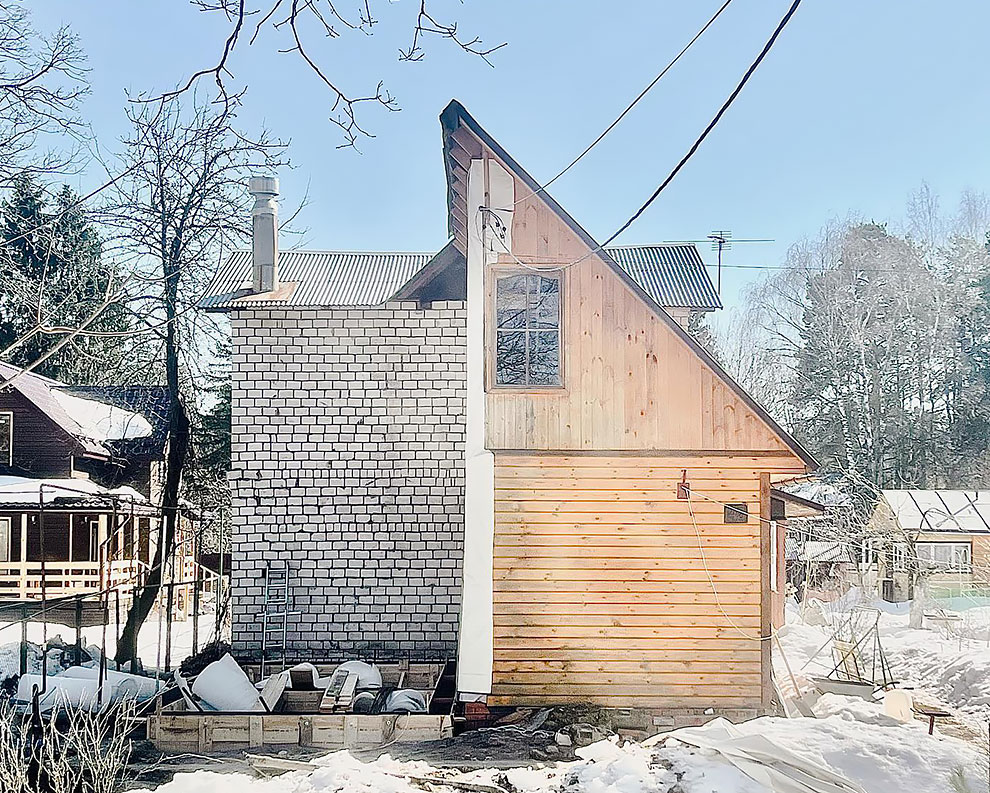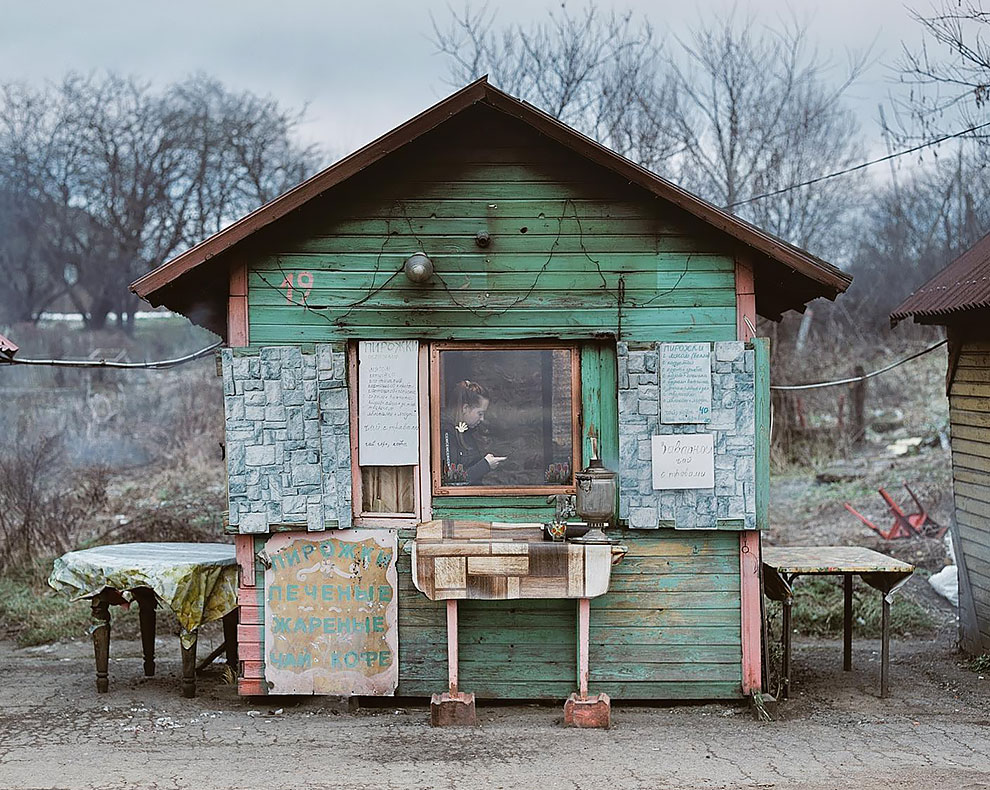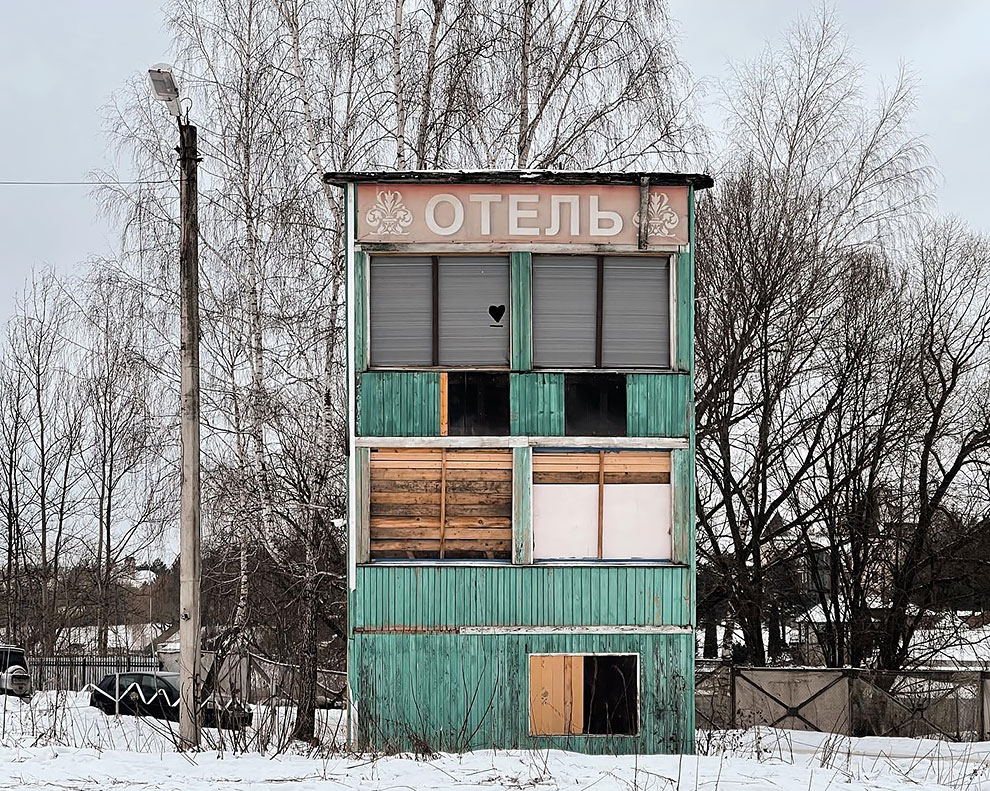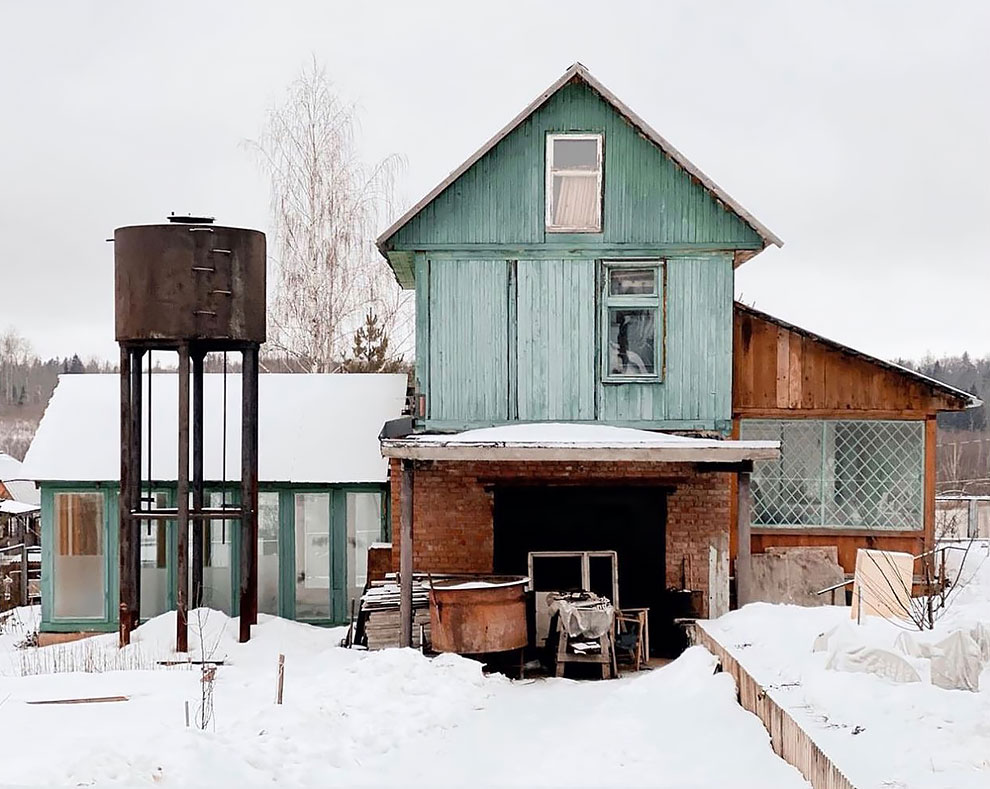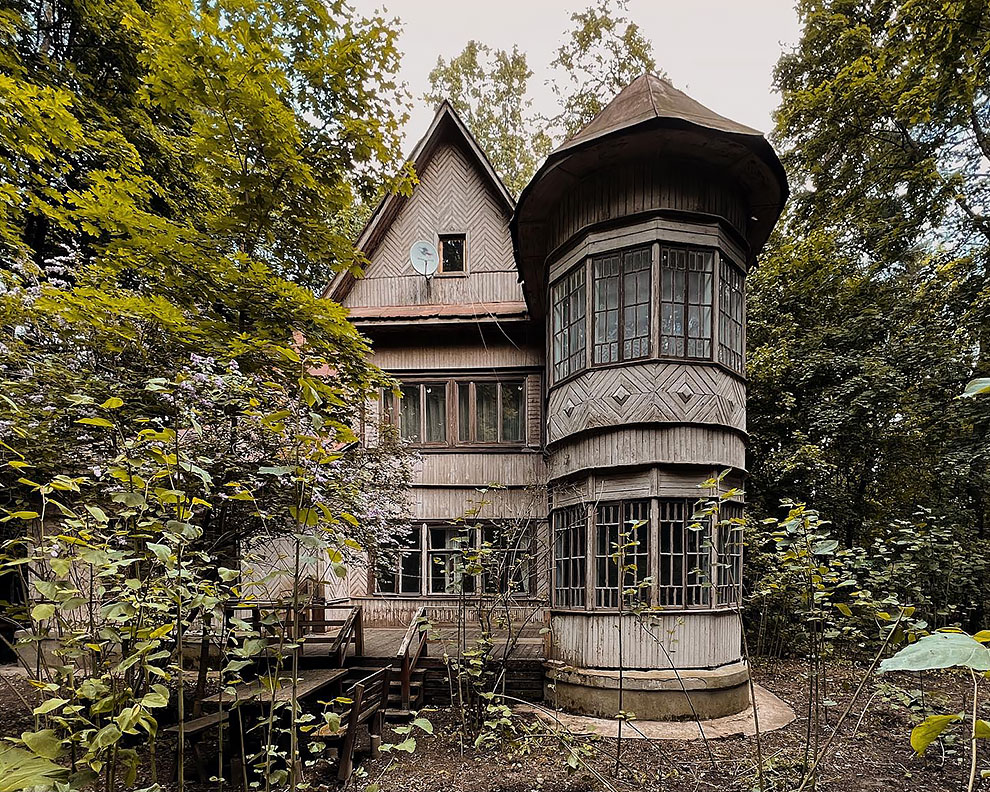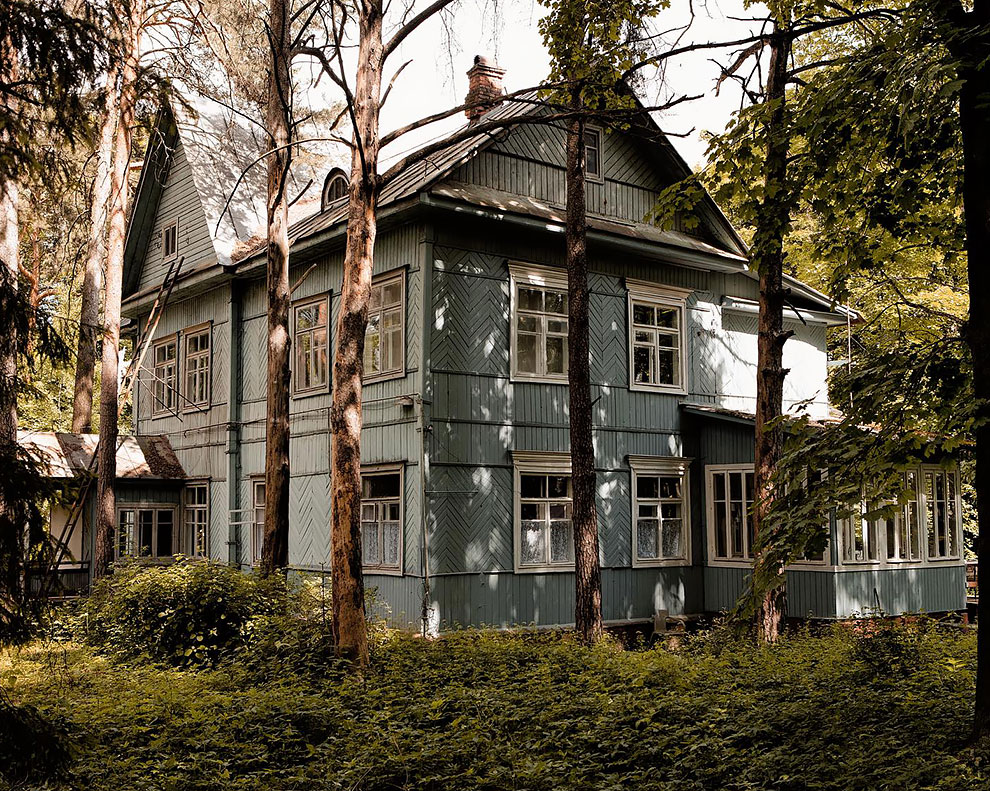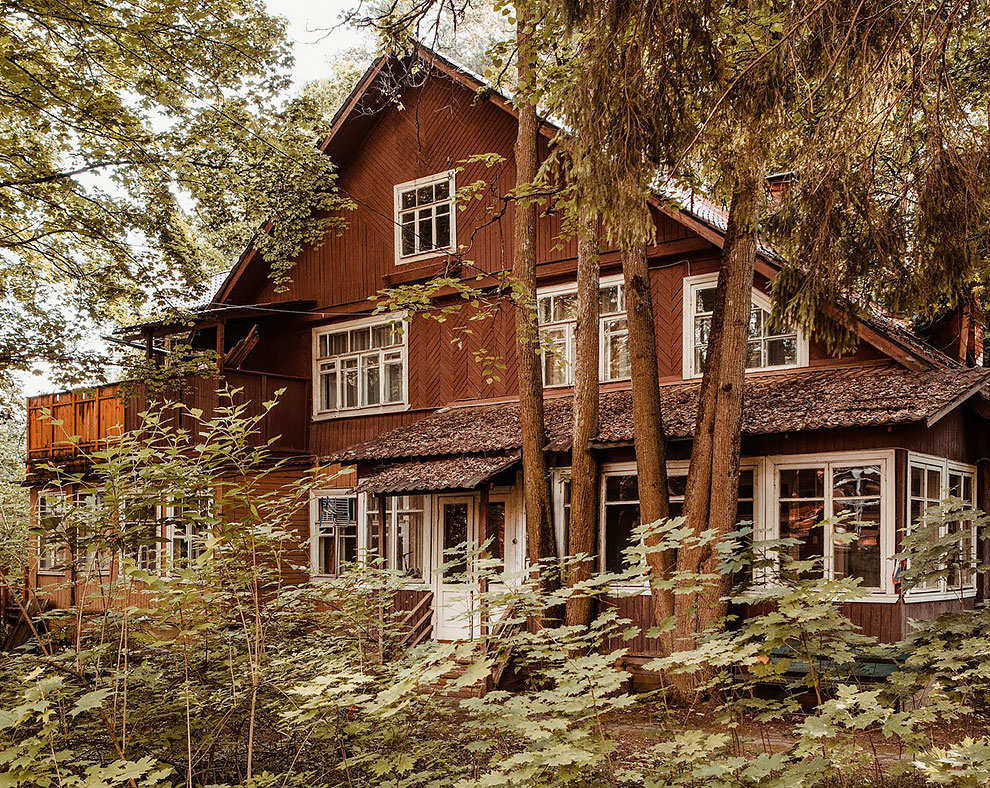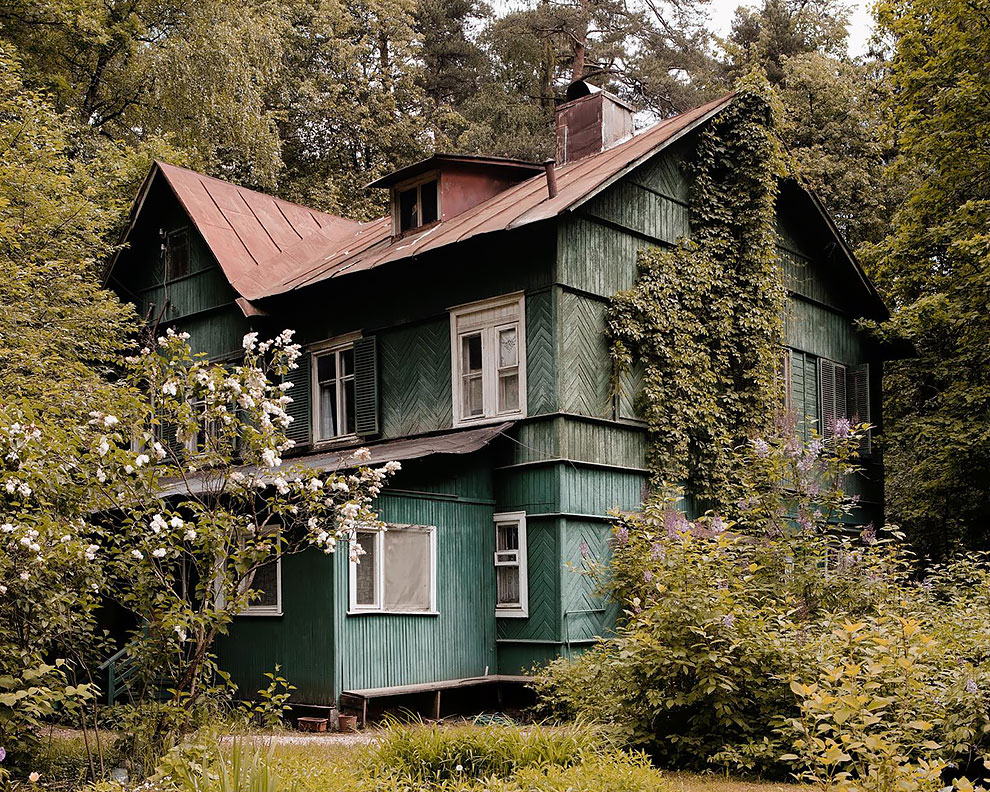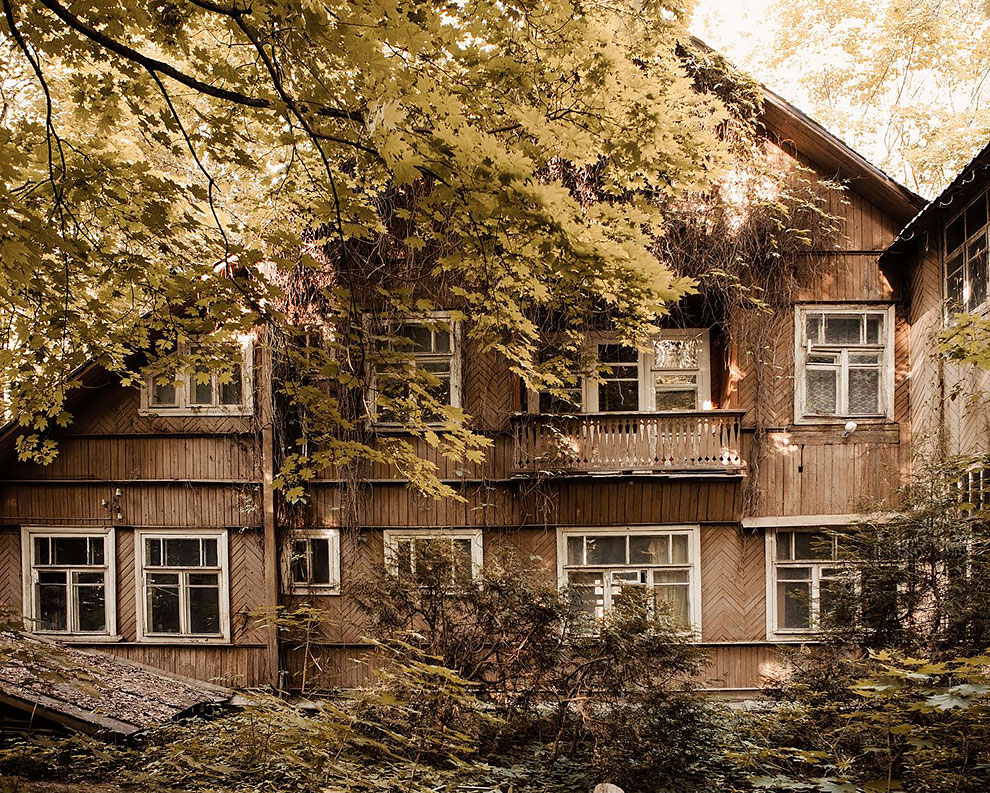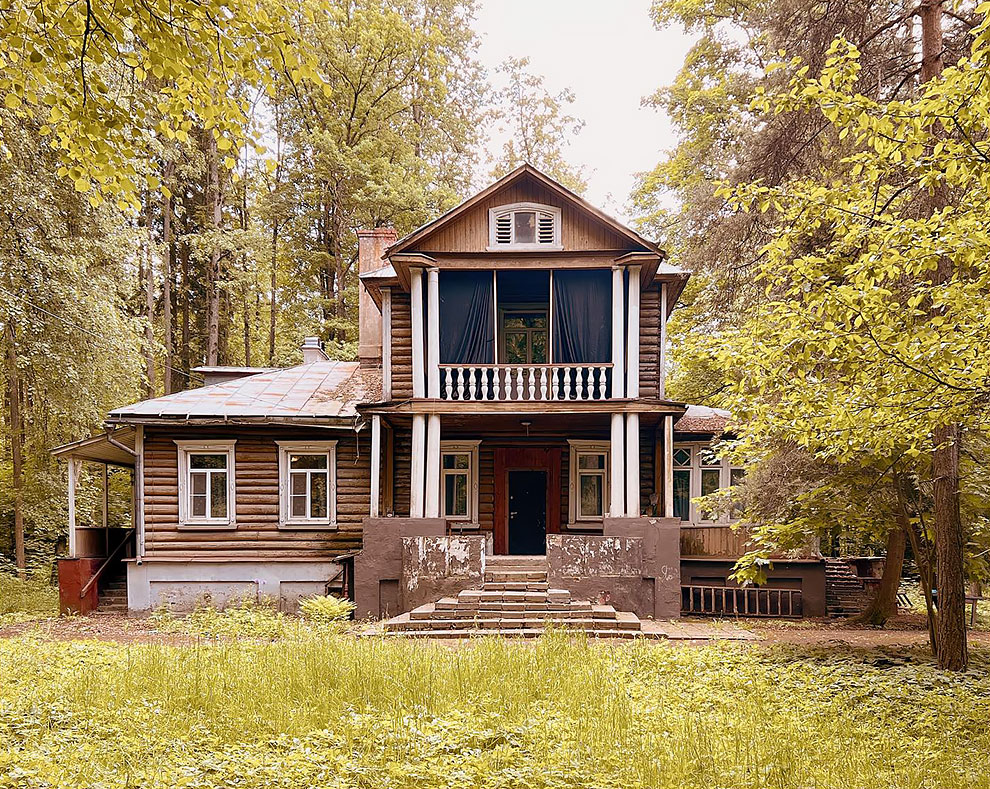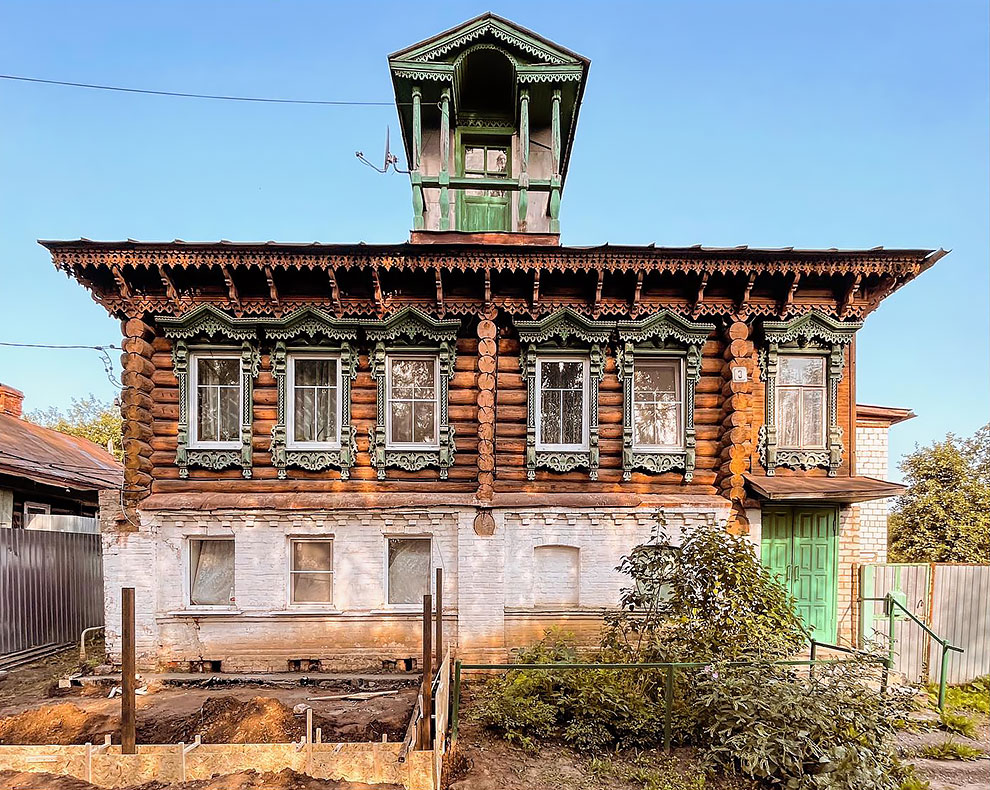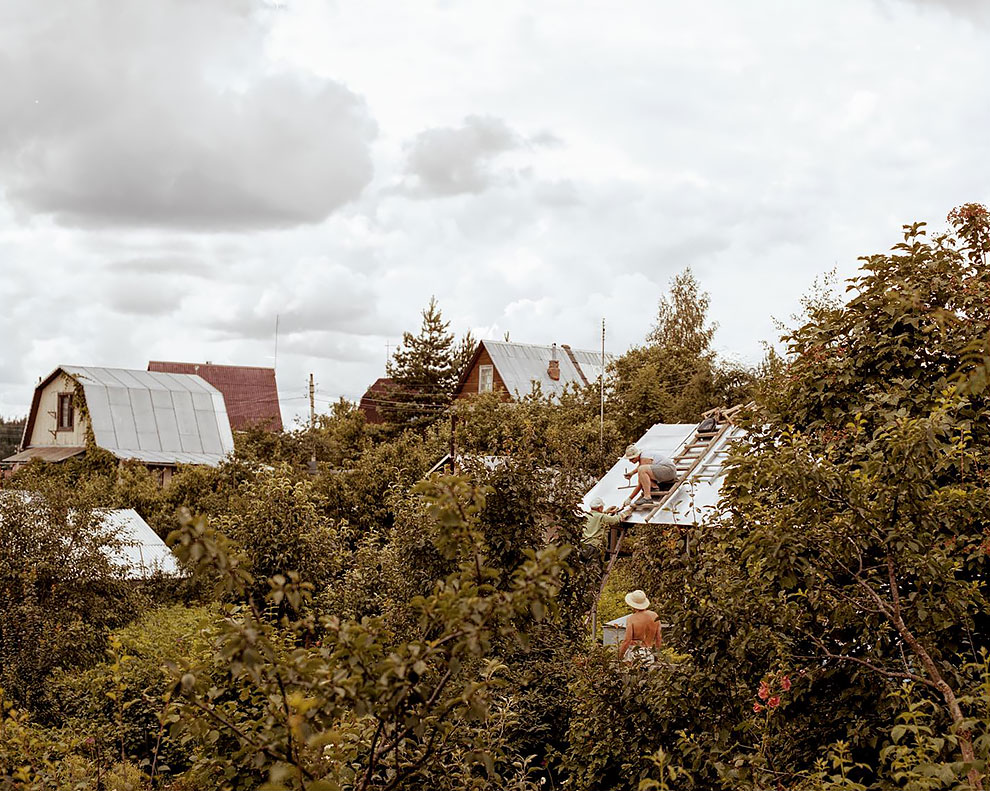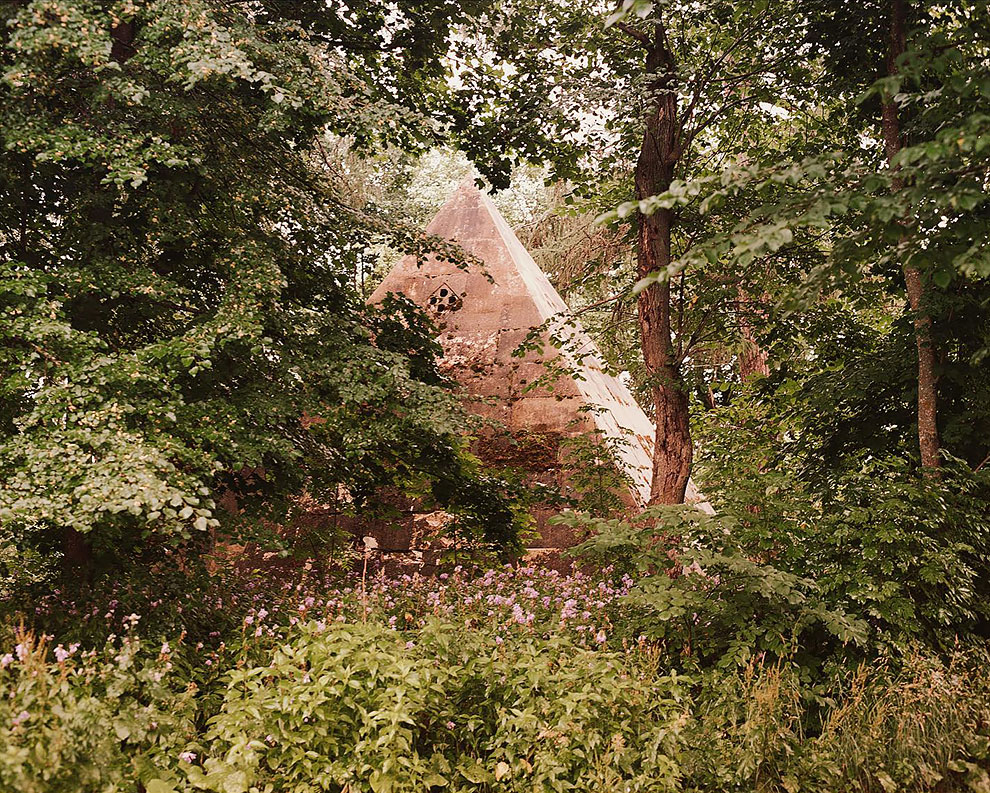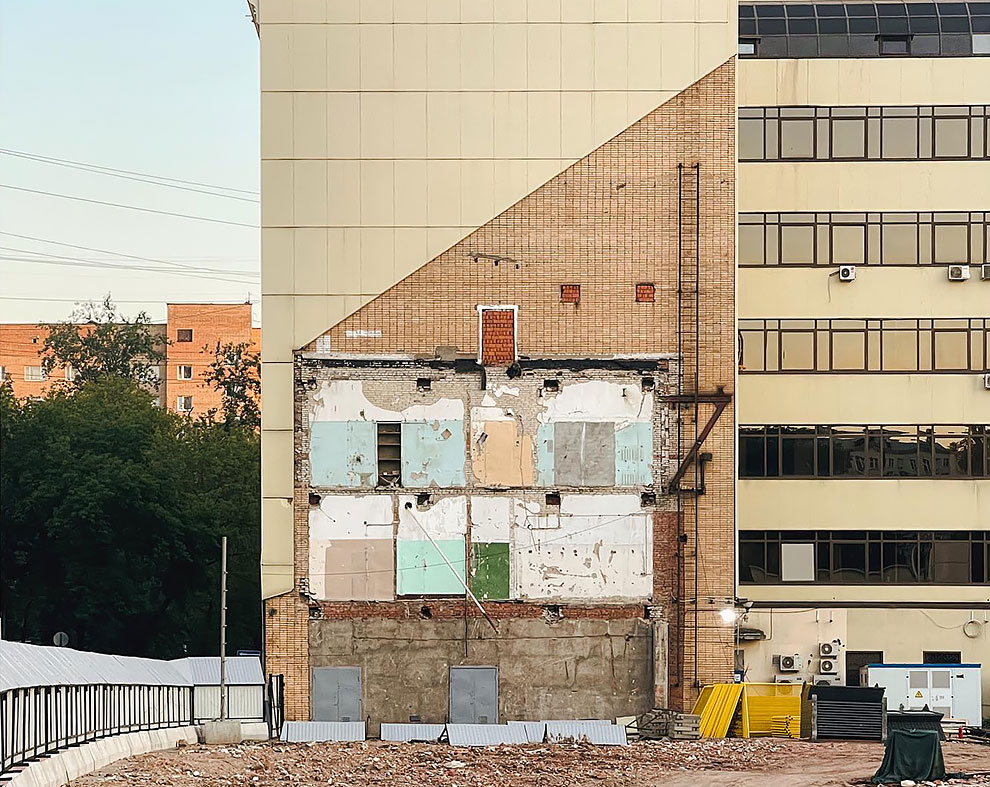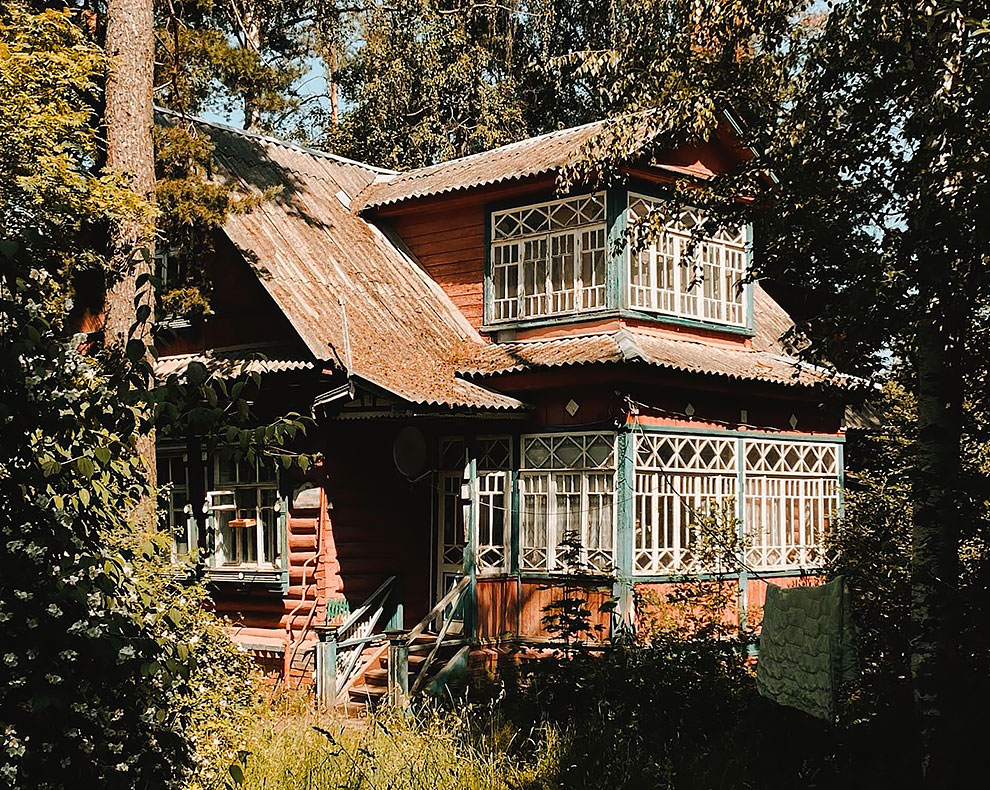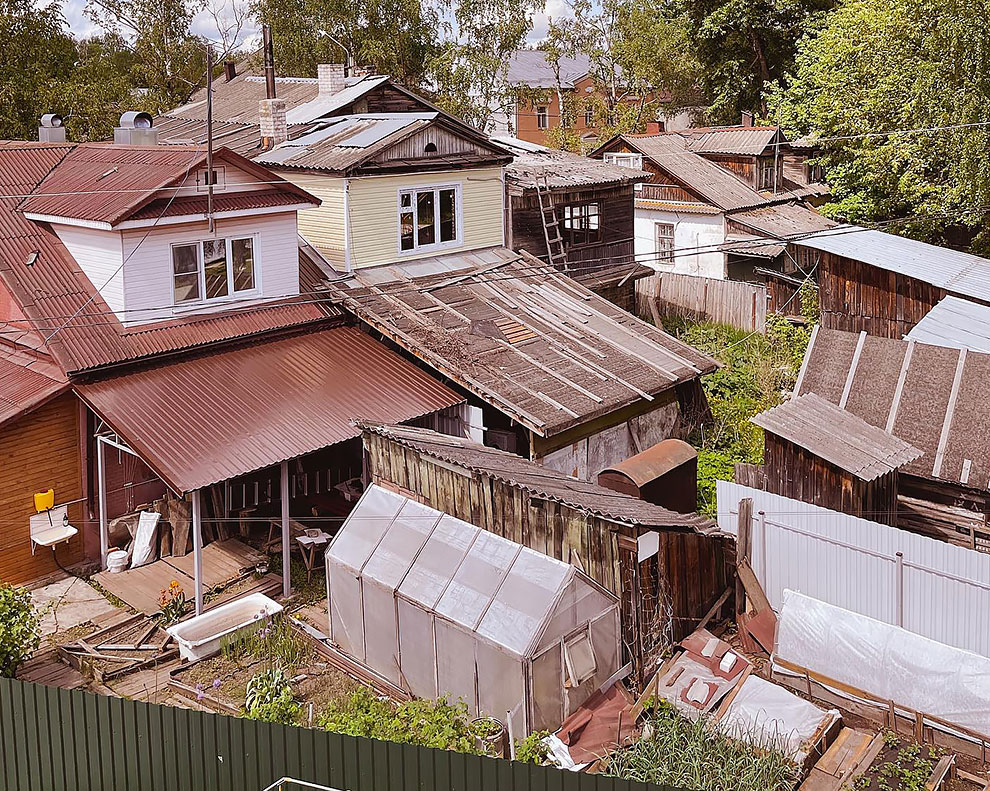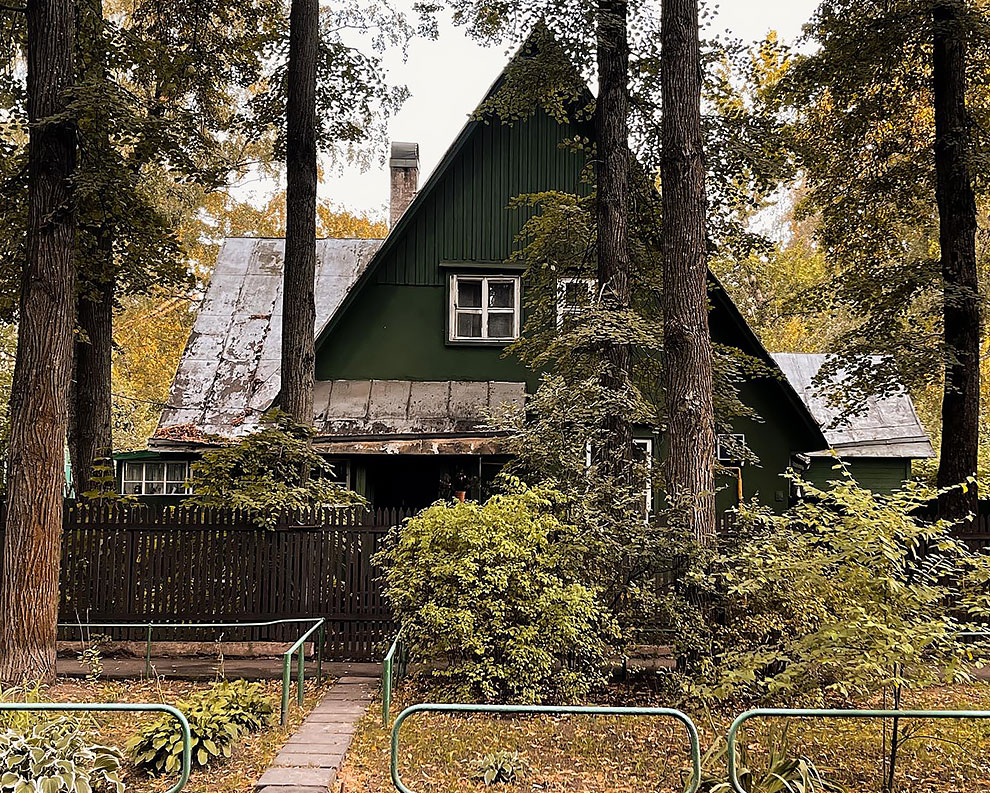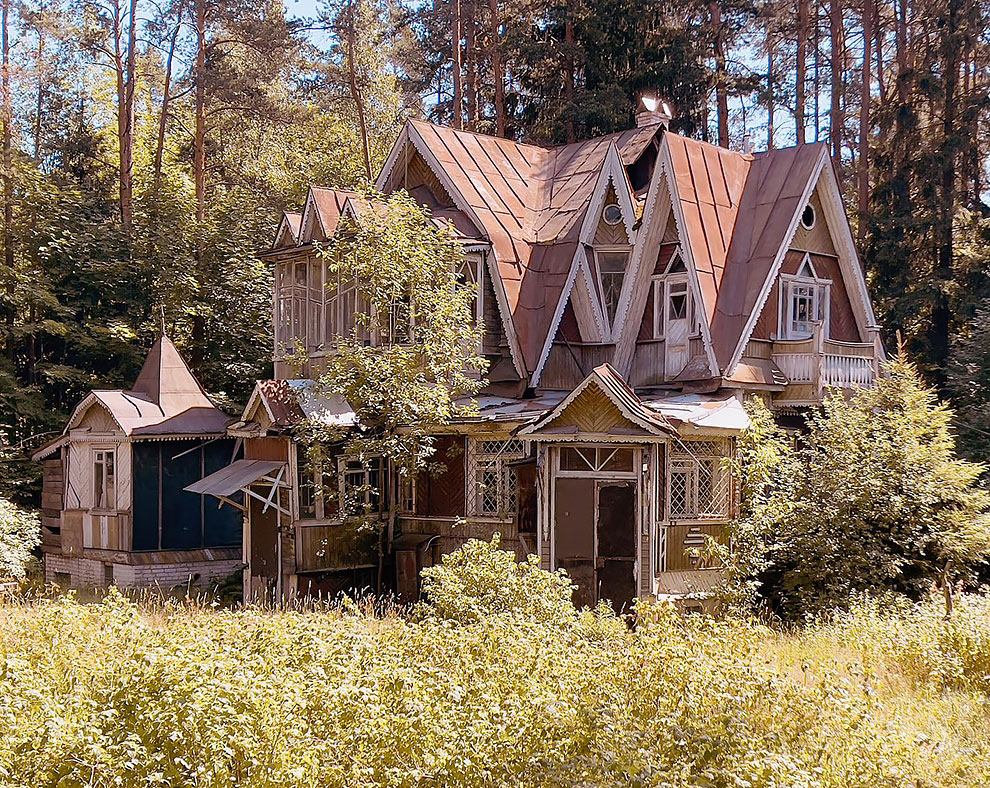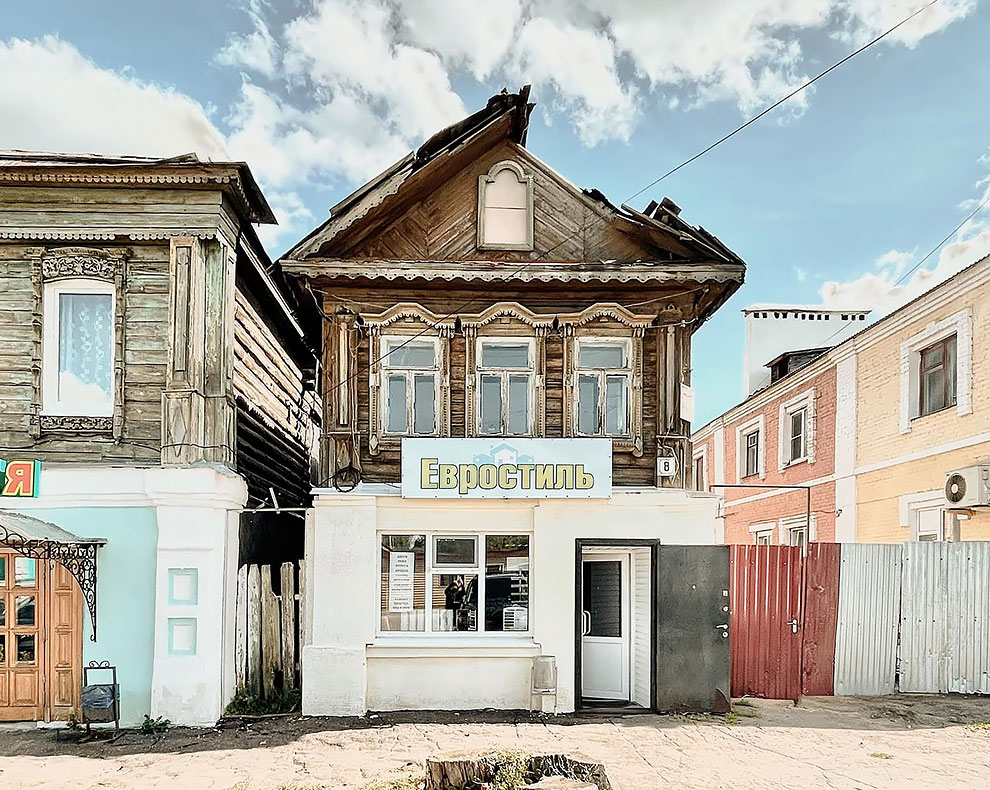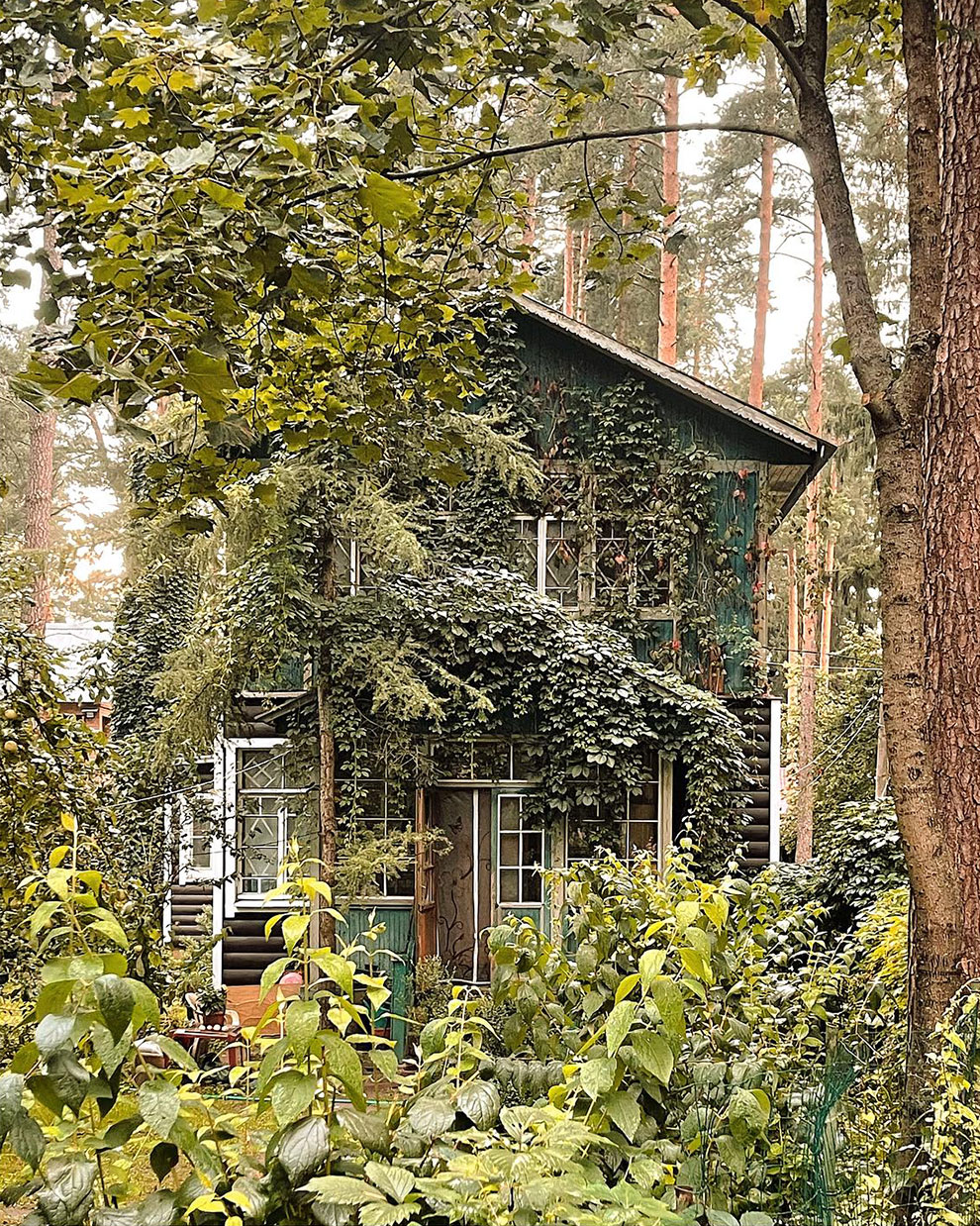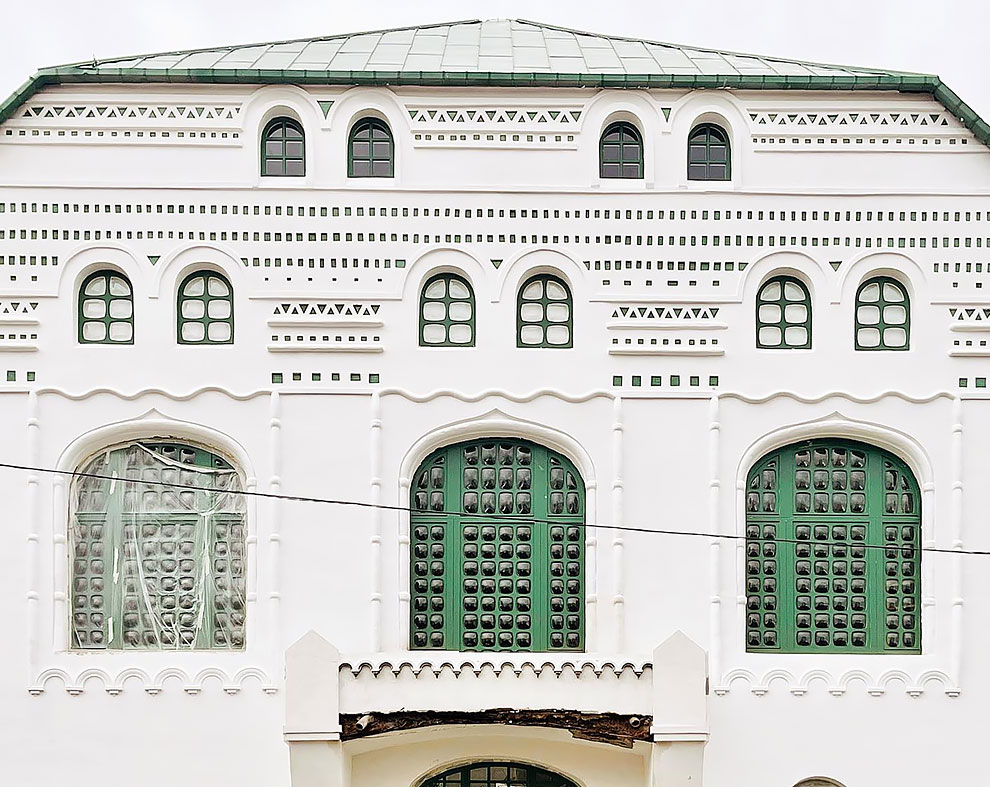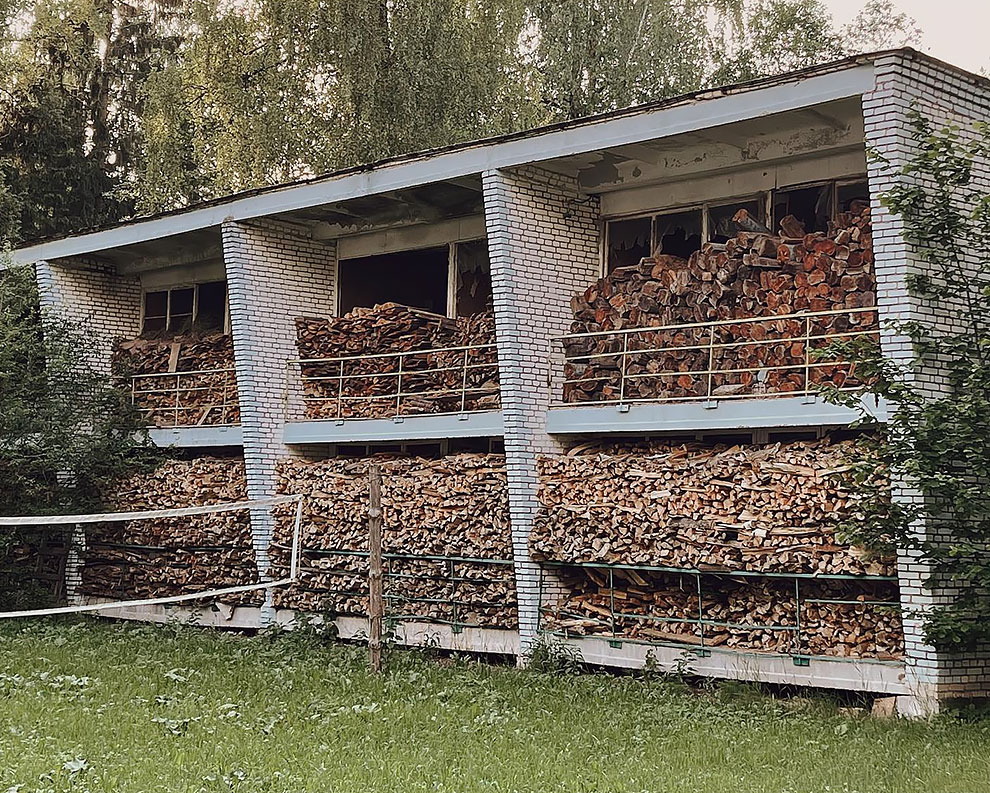Photographer Fyodor Savintsev Captures ‘The Dacha’, A Unique Soviet Phenomenon
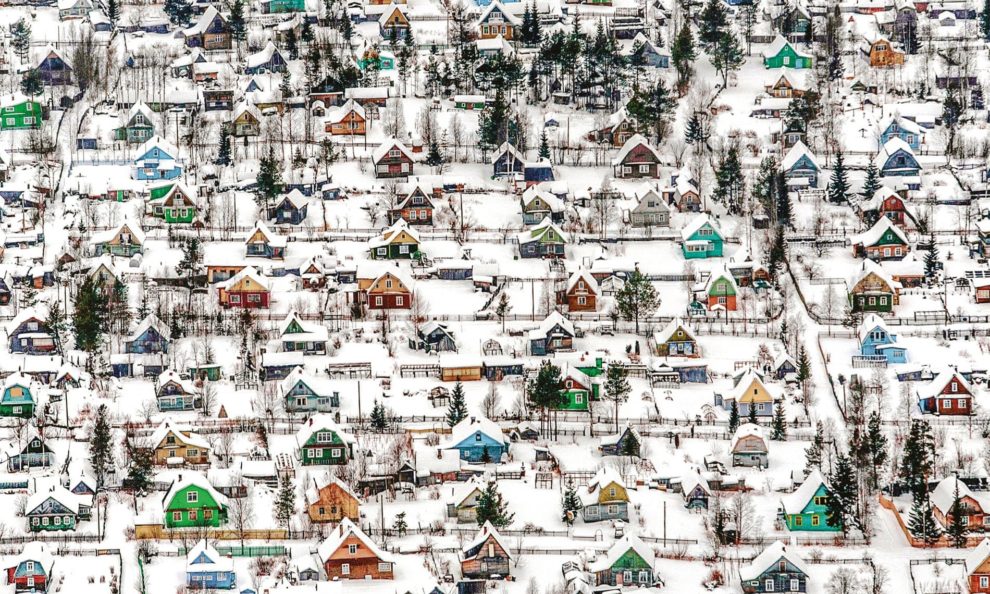
The ‘dacha’, a wooden country house, holds a special place in the hearts of those from the former USSR.
These idyllic rural retreats served as sanctuaries for city dwellers seeking respite from urban life and a taste of self-sufficiency. Despite their cultural and architectural significance, dachas have largely been overlooked in academic circles.

Dachas were prevalent throughout the countries of the former USSR. They ranged from grand imperial villas to humble sheds. The tradition of awarding dachas began with the Tsar bestowing them upon courtiers, a practice that continued after the revolution with Soviet cooperatives building dachas for their members.

Contrary to popular belief, dachas were not just for laborers. They were often allocated to those favored by the state, including renowned writers, architects, and artists such as Pasternak and Prokofiev. The fall of the Soviet Union saw an increase in their use as economic uncertainty pushed city dwellers towards self-sufficiency.
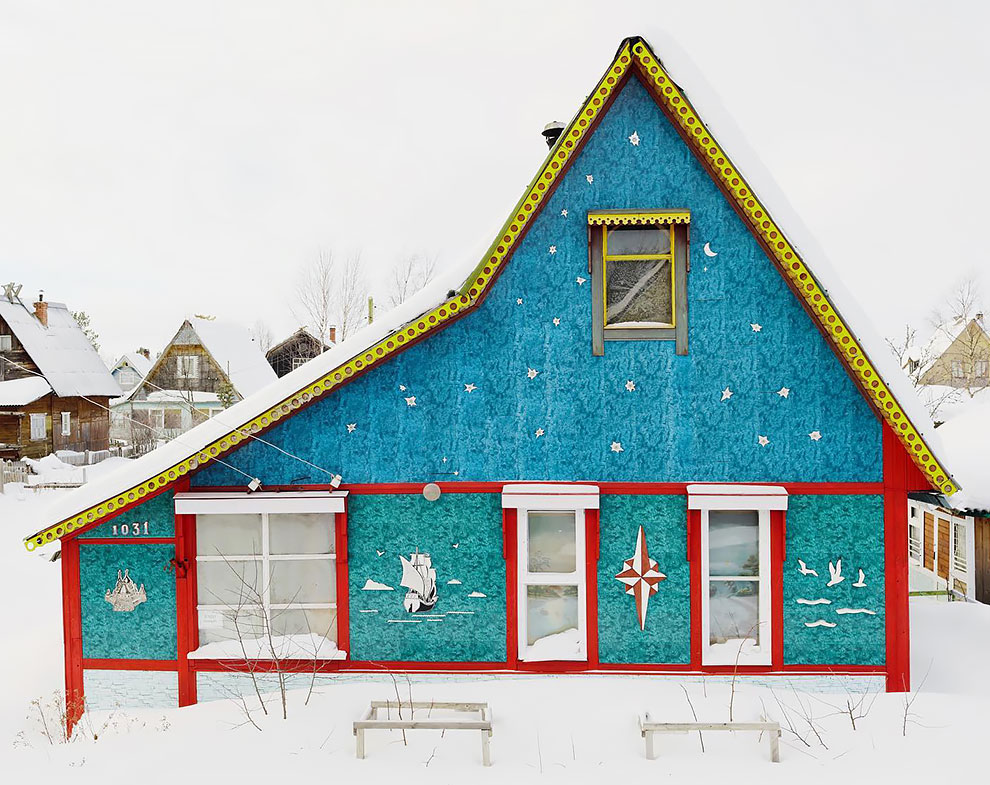
Photographer Fyodor Savintsev has dedicated his work to documenting this uniquely Russian phenomenon. His images provide a rare glimpse into a rapidly disappearing world of fairytale wooden structures.
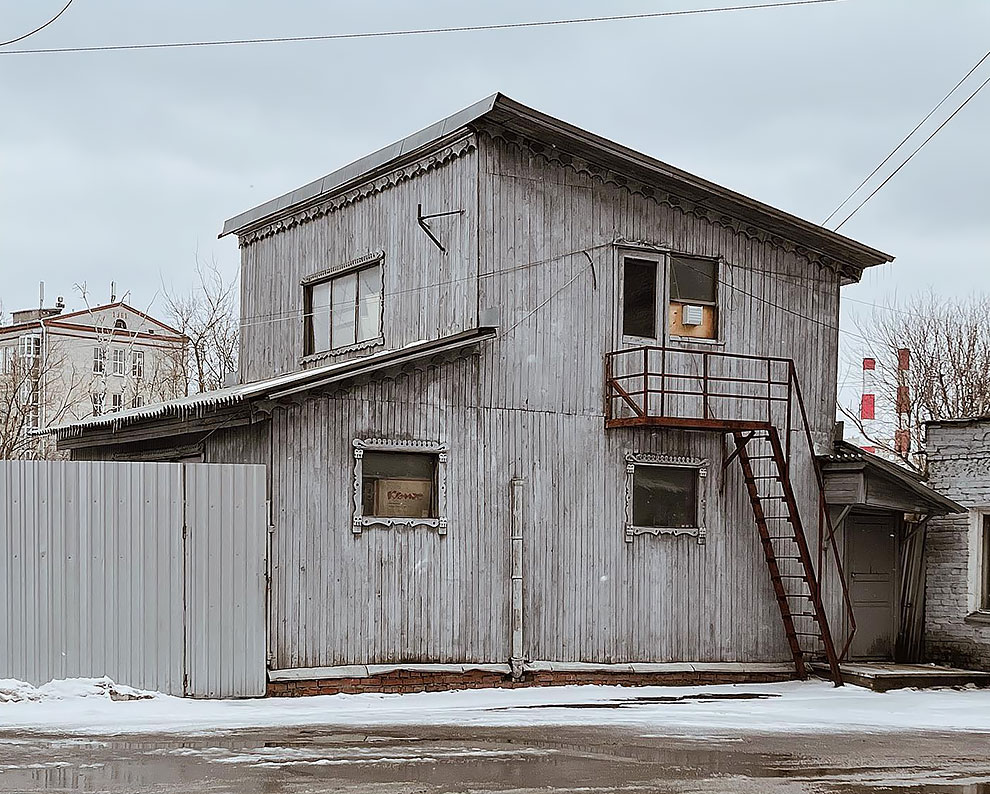
Savintsev recalls his own experiences with dachas, stating, “My parents tell me I was taken to our dacha at a very young age. I was born in November 1982 and by spring the following year, I was ensconced in this idyllic environment.”
The dacha tradition has weathered revolution, war, and the collapse of Communism, becoming an integral part of life in the process.
